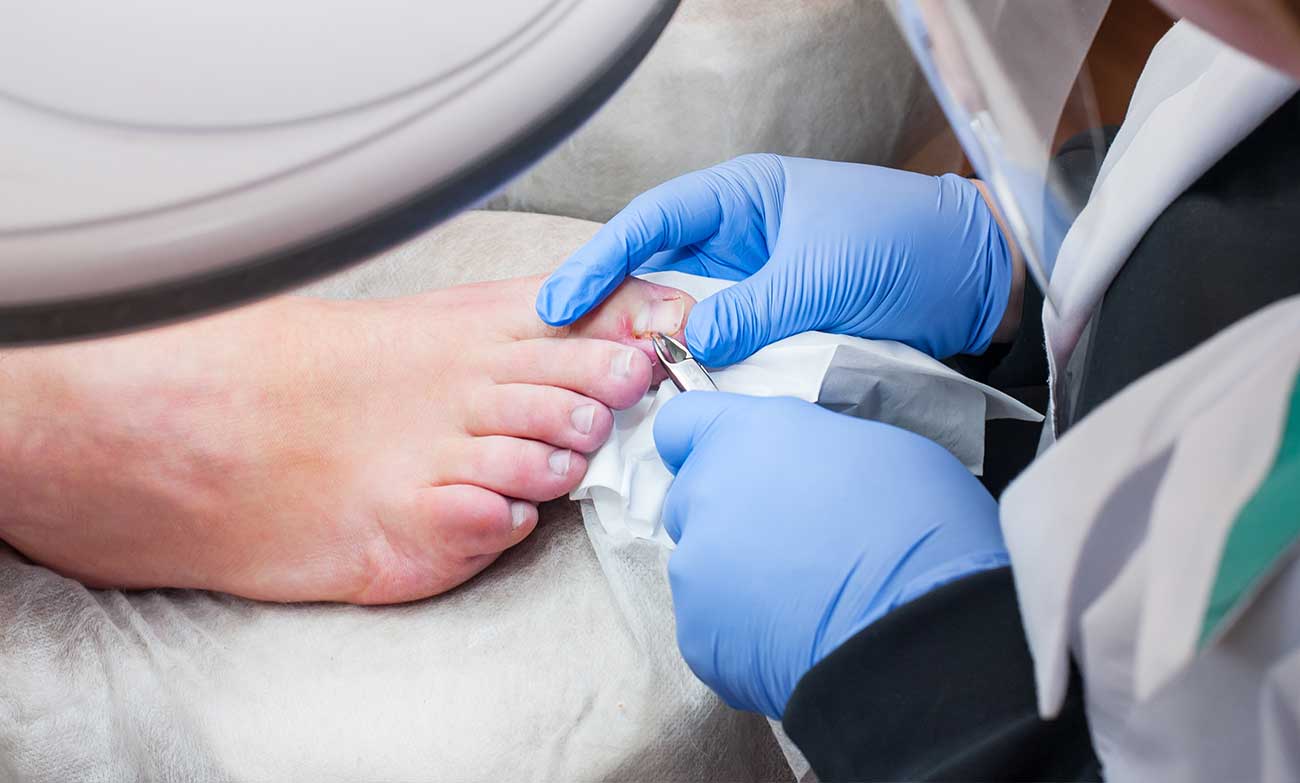
Different types of toenail fungus
Yes, toenail fungus is definitely unpleasant, and some see fungal nail infection as disgusting. But did you know that there are different types of them? Usually known as onychomycosis, toenail fungus affects the top layer of the skin and nails, all way to the root of the nail bed. There are various types of common varieties, such as athlete’s foot, to rarer types. While fungal nails are easy to treat, you will need to get treated fairly soon after diagnosis because it might become more serious, or indicate a serious immune problem. Read on to find out what types of toenail fungus there are.
 Most common toenail fungus
Most common toenail fungus
Of the types of toenail fungus that is caused in the nail, Distal Subungual Onychomycosis (DSO) is the most common. DSO is a fungus that adapts to living in skin, hair and nails. Usually, it starts under the nail on the tips of toes or fingers. Then the fungus spreads through the nail, and infects the entire nail and nail bed. When DSO spreads, the nail plate splits from the nail bed, and you may see some discoloration at various parts of the nail. The nail plate also gets thick and you will see discoloration all over the nail.
Nail yeast infection
Candidal Onychomycosis is basically a nail yeast infection, and is considered a nail disorder.
The disorder starts close to the cuticle and then infects the skin all around the nail. The nail can change to various colors such as green, brown, or even white. Depending on the person, the nail might even become detached from the nail bed.
If you have candida infections in other parts of your body such as the mouth or genitals, then you have a higher chance of getting nail candida infections. This type of toenail fungus is more prevalent amongst individuals who have nail trauma and can even be contracted just from exposing your hands to water on a daily basis. This is one of the worst kinds of toenail fungus, and can evolve into a type of infection that is really hard to treat.
A rare infection
Proximal Subungual Onychomycosis (PSO) is the rarest type of toenail fungus infection, which is usually caused by trichophyton rubrum, a type of fungus.
PSO usually starts at the nail fold surface, and then goes further into the deep layers of the nail. Then it invades the root of the nail, then reaches out towards the tip of the nails. As it spreads, the nail folds get infected and the nail lifts away from the nail bed. This is because the skin thickens from the nail folds being infected. Depending on your overall health, having PSO might mean that you have a damaged immune system.
Another rare infection
White Superficial Onychomycosis (WSO) is a type of rarer fungus usually infects toenails and not fingernails. The main culprits of this toenail fungus infection are Dermatophyte Trichophyton Mentagrophytes. WSO grows on the superficial layers of nails, hence the name. It can spread to the entire nail if left untreated. This fungus breaks down nail plates. They will turn deformed and soft because WSO deprives the nail of its nutrients.

If you suspect that you have any sort of toenail fungus, it is best that you go to a qualified health practitioner to seek their opinion. Also, be patient about fungal nail treatment, because some toenail infections can take months to clear, even if it is one of the types that happens to be more common. If you’re concerned that you might have contracted a fungal infection, don’t hesitate to contact the Ryder Clinic so we can recommend the best treatment to get your toenails looking healthy again.

 Most common toenail fungus
Most common toenail fungus